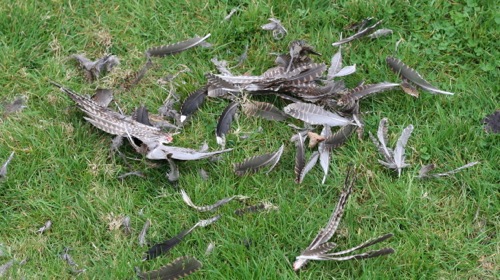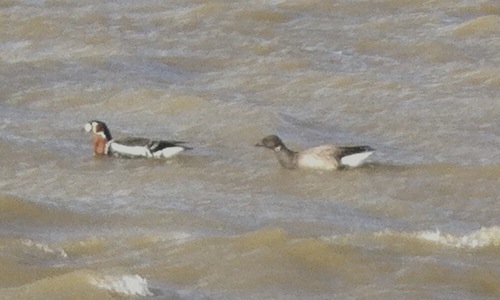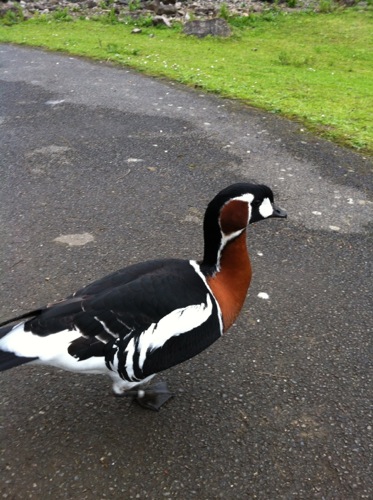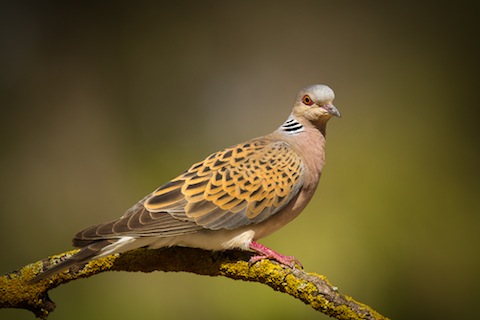Starting with my garden, the most surprising record was a woodcock. Sadly not tickable, because it looked like this:

Presumably the fox got it. Which is a pity, although if it hadn’t I never would have known the woodcock had visited.
The other notable bird, also nocturnal and also slightly frustrating, was a little owl. I knew they were breeding nearby: I still haven’t seen one, but I did hear one calling when were eating in the garden this summer. So that’s one for the garden list.
Widening out a bit, I had my first local wheatear, in Crystal Palace Park, and great views of a firecrest in Dulwich Woods.
I suppose strictly speaking my ‘best’ London bird last year was probably a pair of common scoter, on the river at Rainham Marshes. Other nice London sightings: tawny owl in Kensington Gardens, a big flock of yellow wagtails at Barnes, green sandpiper at Crayford Marshes.
And, not-in-London-by-any-sensible-definition-but-within-the-London-Natural-History-Society-Recording-Area: I started off the year by finally managing to track down a lesser-spotted woodpecker at Bookham Common, after many attempts, and then a couple of weeks later also managed to see hawfinch there.
A fulmar at Oare Creek, brought down by bad weather, was an unexpected bonus.
My rarest bird of the year, and a spectacular species, was this:

I know, isn’t that just the most amazing… oh hang on a minute, let me zoom that in a bit for you:

It’s the one on the left, a red-breasted goose, one of the most beautiful birds in the world. And actually I had a better view of it than the photo would suggest: the iPhone/binocular combo doesn’t really do it justice.
But it’s not my bird of the year, because firstly, there’s every chance it’s not a wild bird; they are common in ornamental wildfowl collections so it’s possible it’s an escape. It was consorting with a huge flock of wild Brent Geese who had come in from Siberia, so that is in its favour, but who knows.
Also, because they are common in collections, I have seen many of them before, even if I haven’t seen wild ones. Also taken with my phone, no need for binoculars:

And I went to twitch it, which is never quite as exciting as finding something for yourself.
No, I think my bird of the year ought to be the one which I was actually most excited by, which was: turtle dove.
Turtle doves have been in horrendous decline, down over 95% in the UK since 1970, and when I found one at Oare I was just thrilled. It was just completely unexpected — although when I pointed it out to a local birder they were totally unimpressed, so perhaps I should have been expecting it. But that would have made it less fun.

And they are just lovely birds.
That’s not my picture, sadly; Tórtola común 30 de junio de 2011 is © Paco Gómez and used under a CC by-sa licence.



